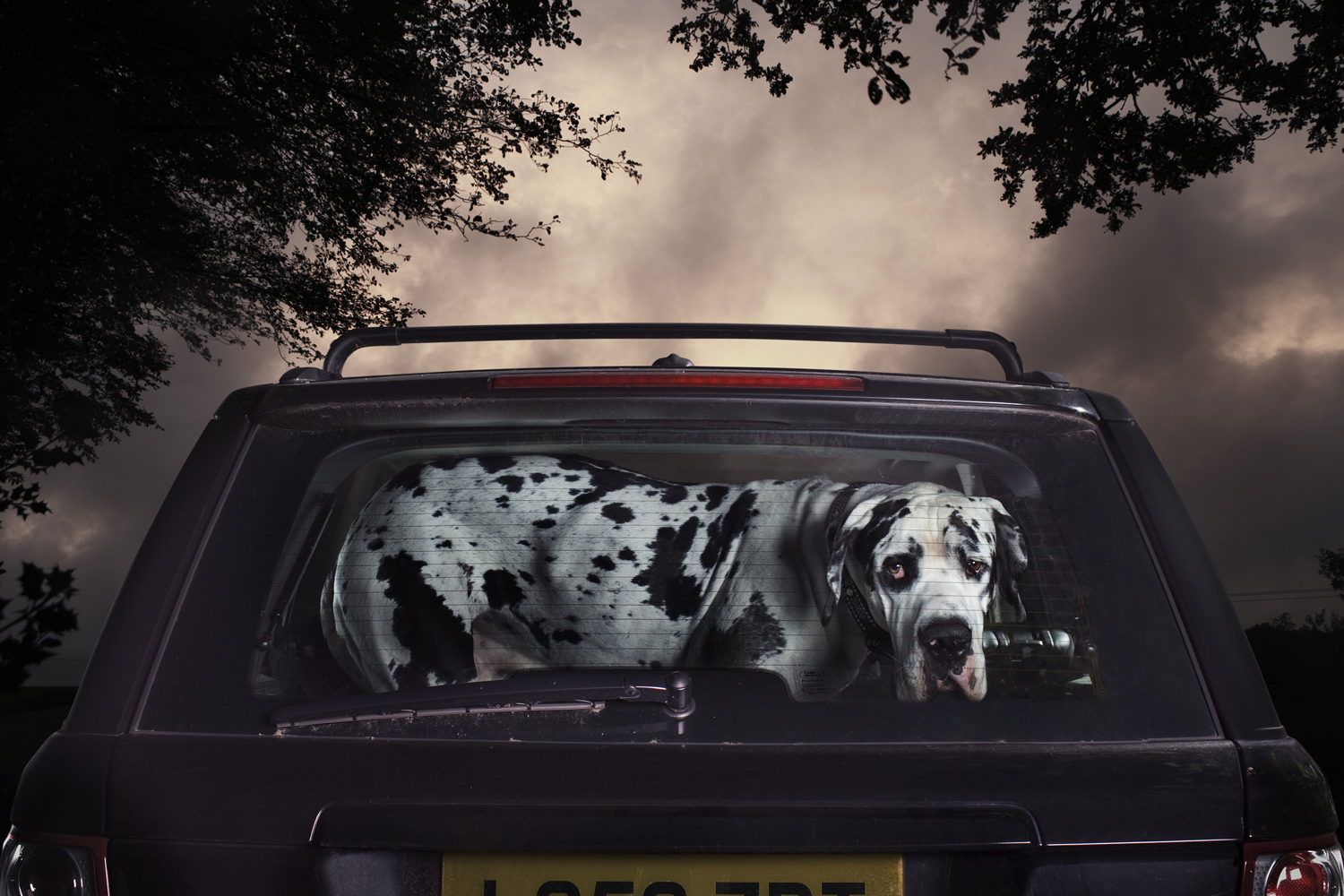
Martin Usborne, a photographer based in London, spoke to LightBox about his project, MUTE: the silence of dogs in cars, which features portraits of man’s best friend behind the wheel.
How did MUTE: the silence of dogs in cars, come about?
I had the idea for a long while but didn’t think it would work – or that it was too frivolous. But when you can’t shake an idea it means it has emotional currency – I had to explore it. I realized that the images came from a part of me that has always had a fear of being unheard or somehow alone – and also a part of me that loves animals, perhaps for the same reasons: I empathize with their inability to speak and their often helpless situation. It must come from my childhood but that’s for the therapist’s couch. In an ironic way the series is called MUTE but has been the loudest thing I’ve done with people talking about it all over the world.
I notice that in your most recent bodies of work use dogs as your subject. I can’t help but see a connection to the history of dogs in artwork— a symbol of loyalty or the contemplative life. You title each image after the dog photographed. There is an element of anthropomorphism— these dogs, through naming, become humanlike. What is your connection to dogs and what do you feel they bring to the work?
First of all I love dogs, I love photographing them, I love being with them. That bit is simple. But I also find that capturing their image gives me an oblique angle on ourselves. They represent an animal part of ourselves I suppose, that mute, sometimes raw, often loving side of our nature. I could say my pictures are not about dogs at all – they are about a part of ourselves that I find can’t express in words.
You say of your own work that it is on one level, an exploration of the fear of being alone and unheard. How does the medium of photography help to further this idea?
The MUTE series was in particular about those things. I suppose the photograph is very much about capturing and isolating which can work well at emphasisng this feeling of alone-ness. The dog in the car is captured and isolated by the locked window. Then the photograph does this all over again by putting them in an image in a rectangular frame on the wall. I’m really drawn to photographing through glass – it’s an obvious put powerful metaphor that I could spend quite a few years on!
Lastly, can you say a bit about how you actually make the photographs— do you happen upon these scenes or are they composed? What about the choice of weather and light?
I started the project by visiting shopping store carparks, that sort of place, hoping I would find some dogs in cars. Unfortunately (or fortunately) I didn’t find any, maybe England is too dog-loving. So I thought the dogs might be sleeping and I made barking noises but realized that a man walking around a carpark with a camera and barking mad (literally) might find himself in trouble.
So I set the shots up. The first test shots took such a long time that it got dark but it then became obvious that the low light lent a mood which then informed the style of the rest of the images. 3 or more lights were used in most shots and give a cinematic and slightly other-wordly feel that make the images feel a little out of the ordinary.
A lot of time was spent matching the dogs to the cars and concentrating on colour – I wanted each image to have an over-riding and unique palette – as well as making sure that the glass had interesting texture, rain, dust or otherwise.
More of Usborne’s work is available on his website.

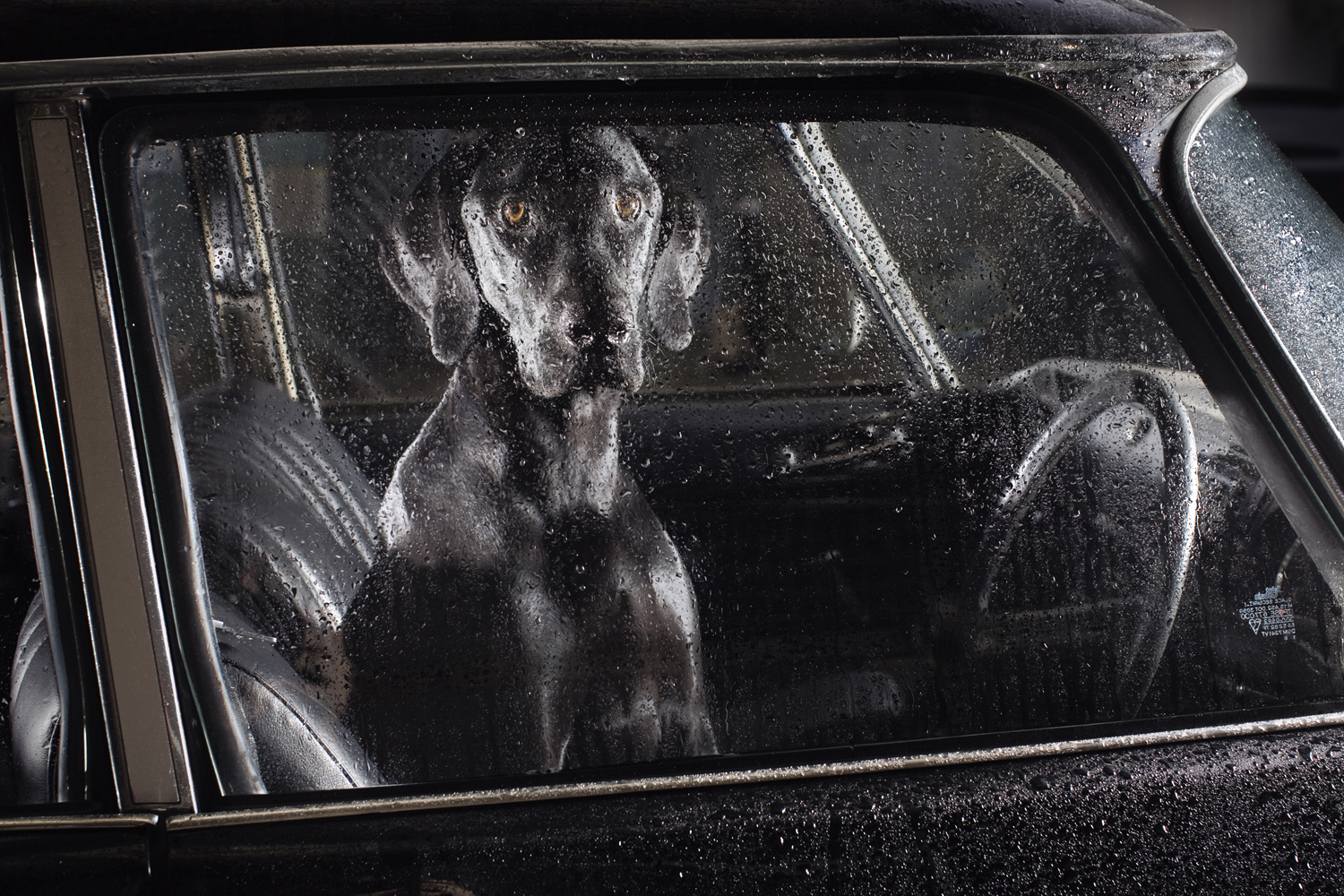

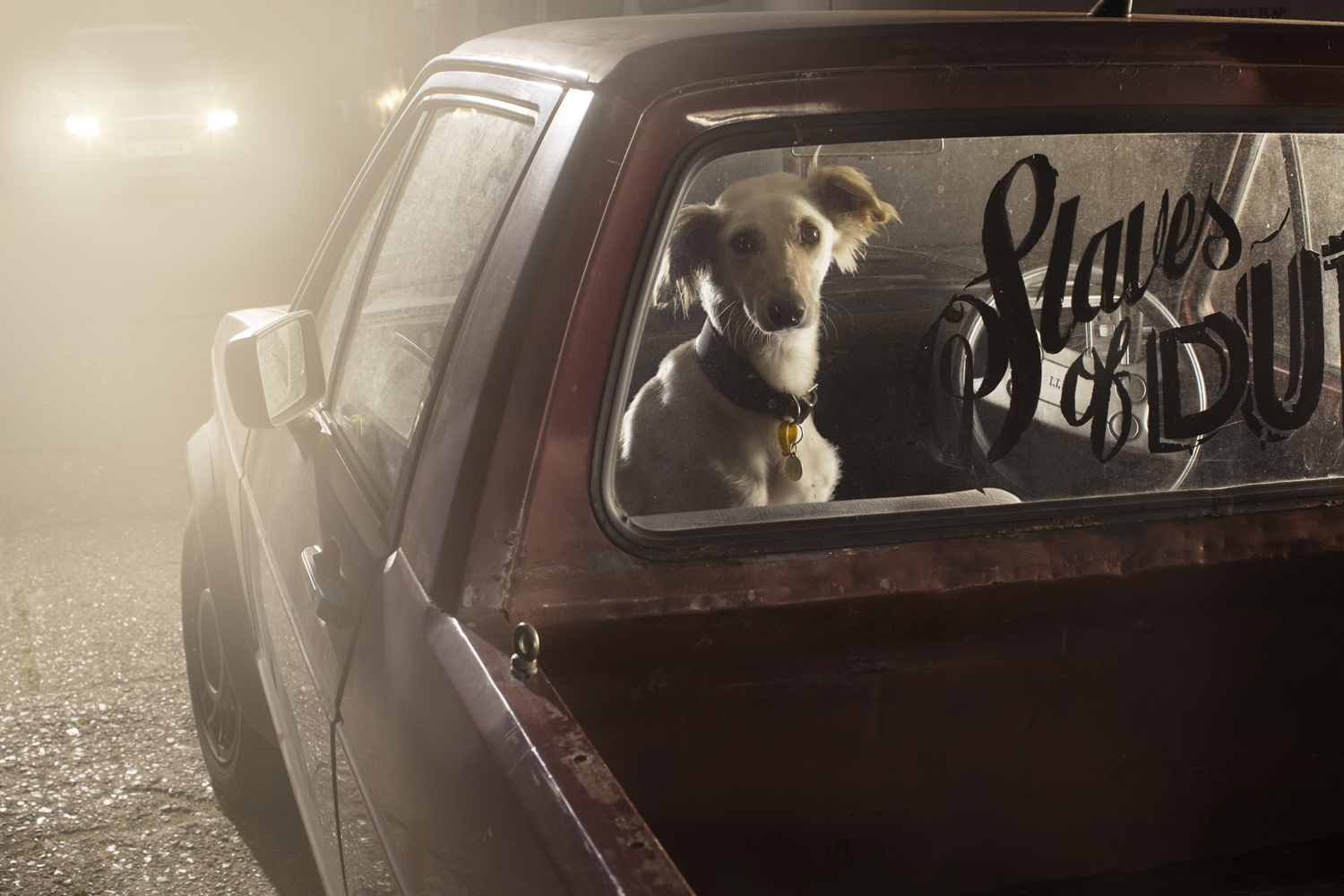

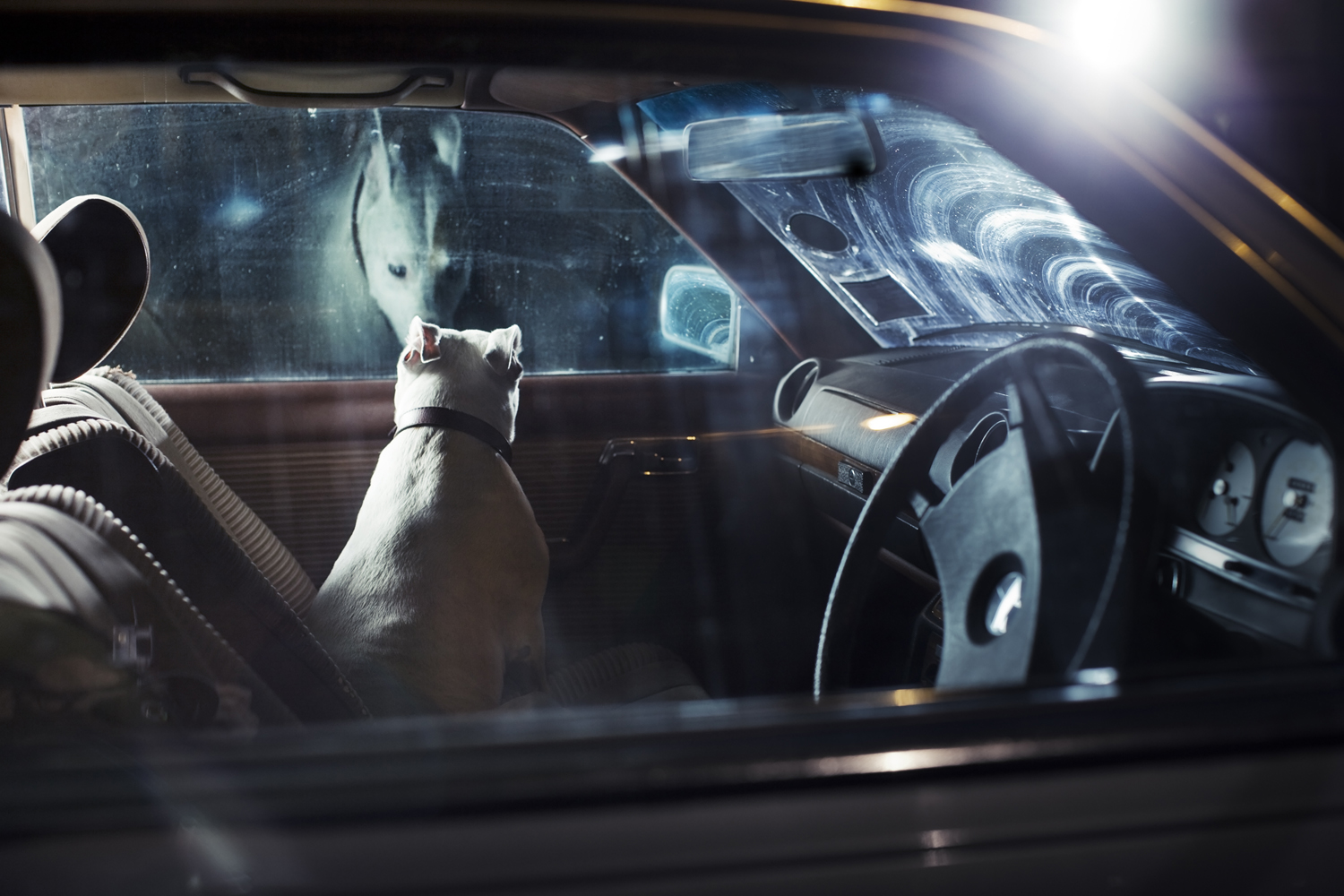
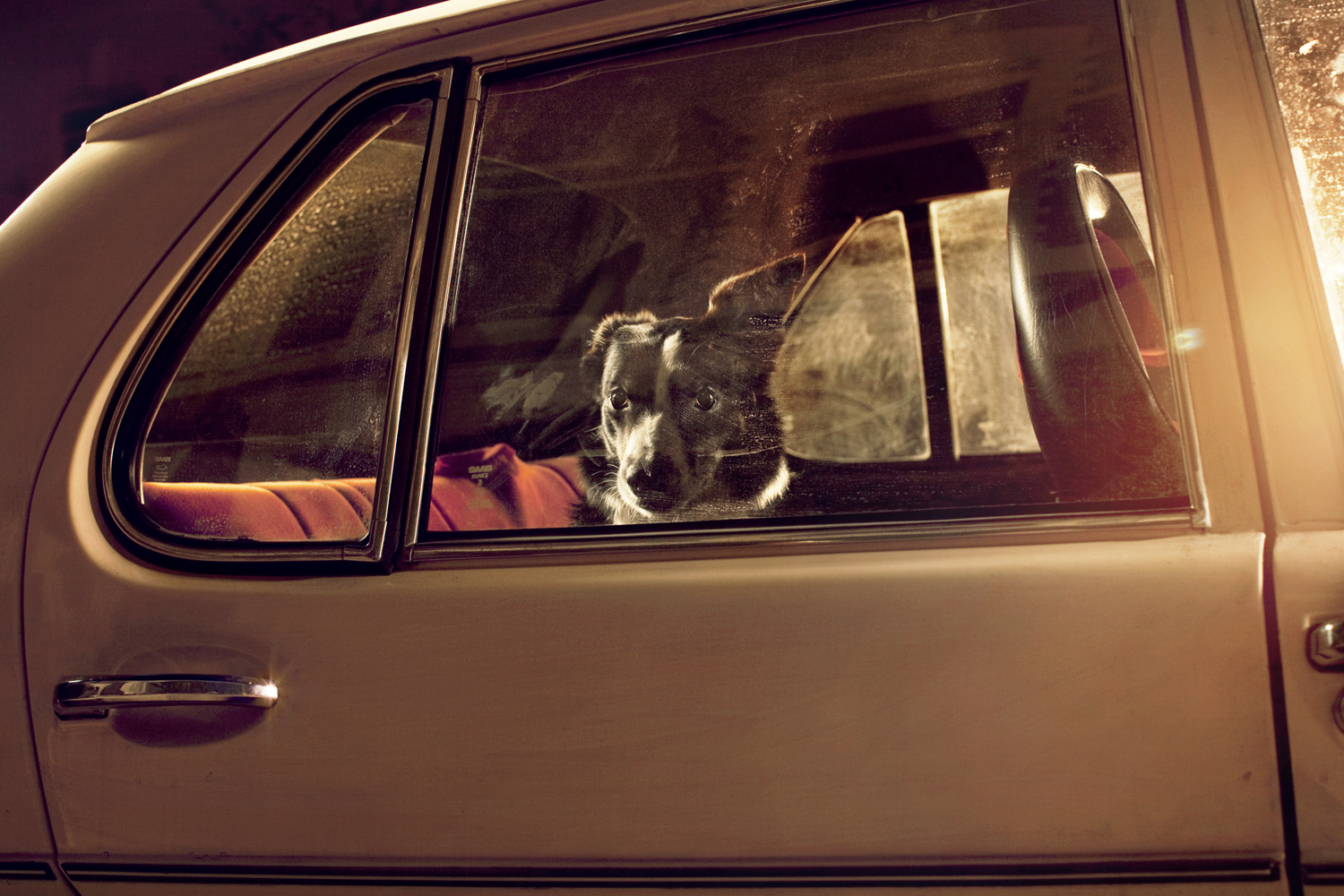
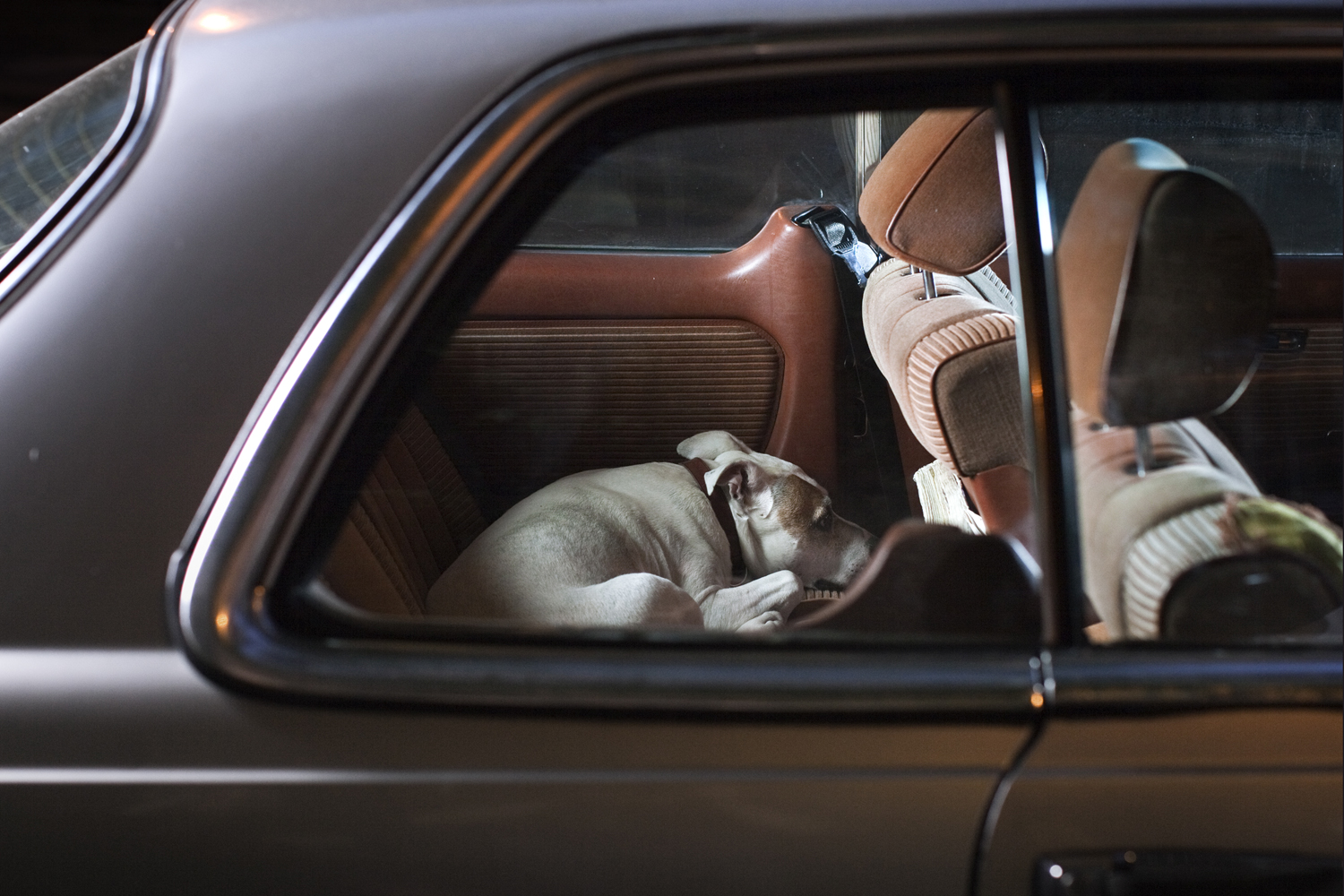
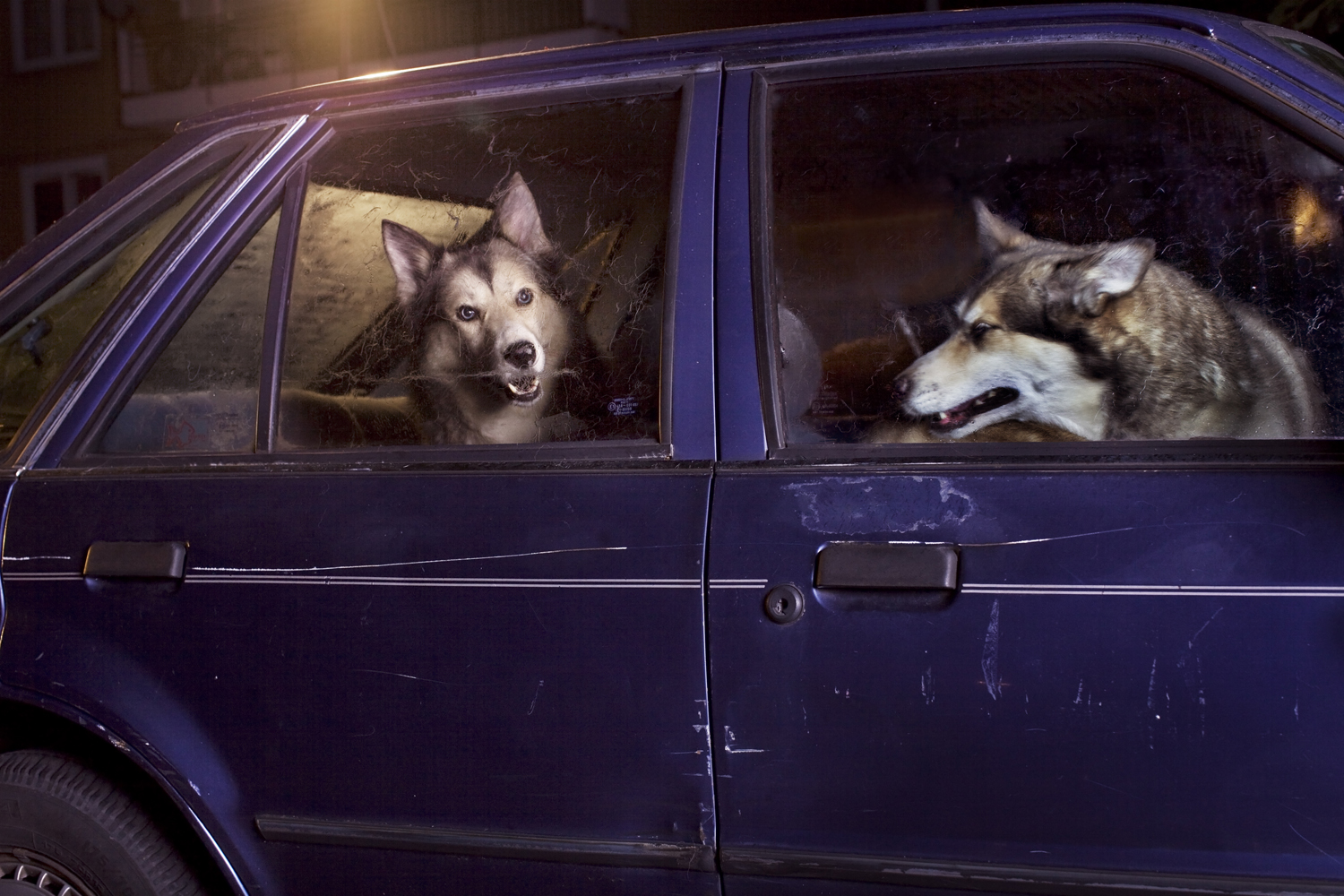
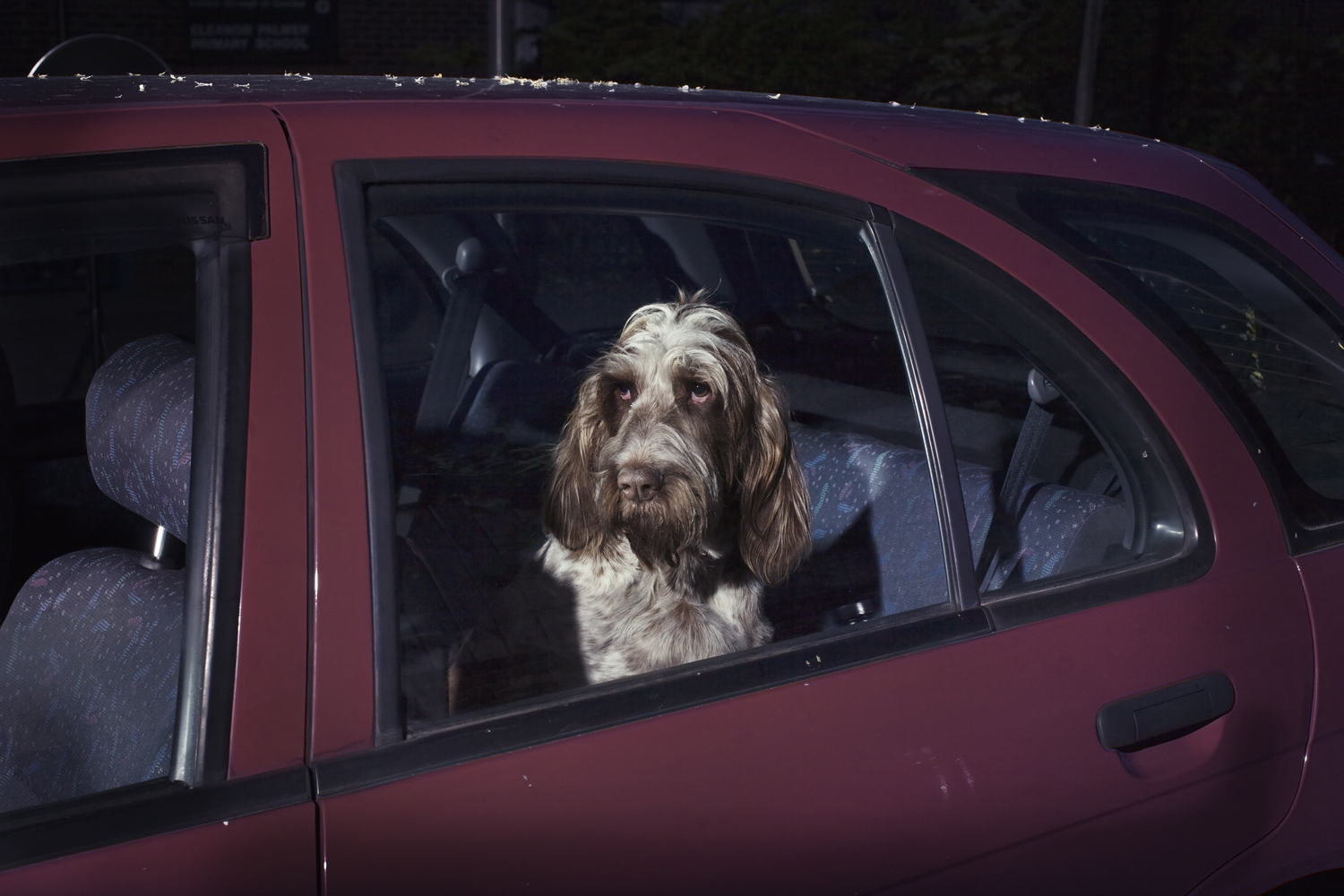
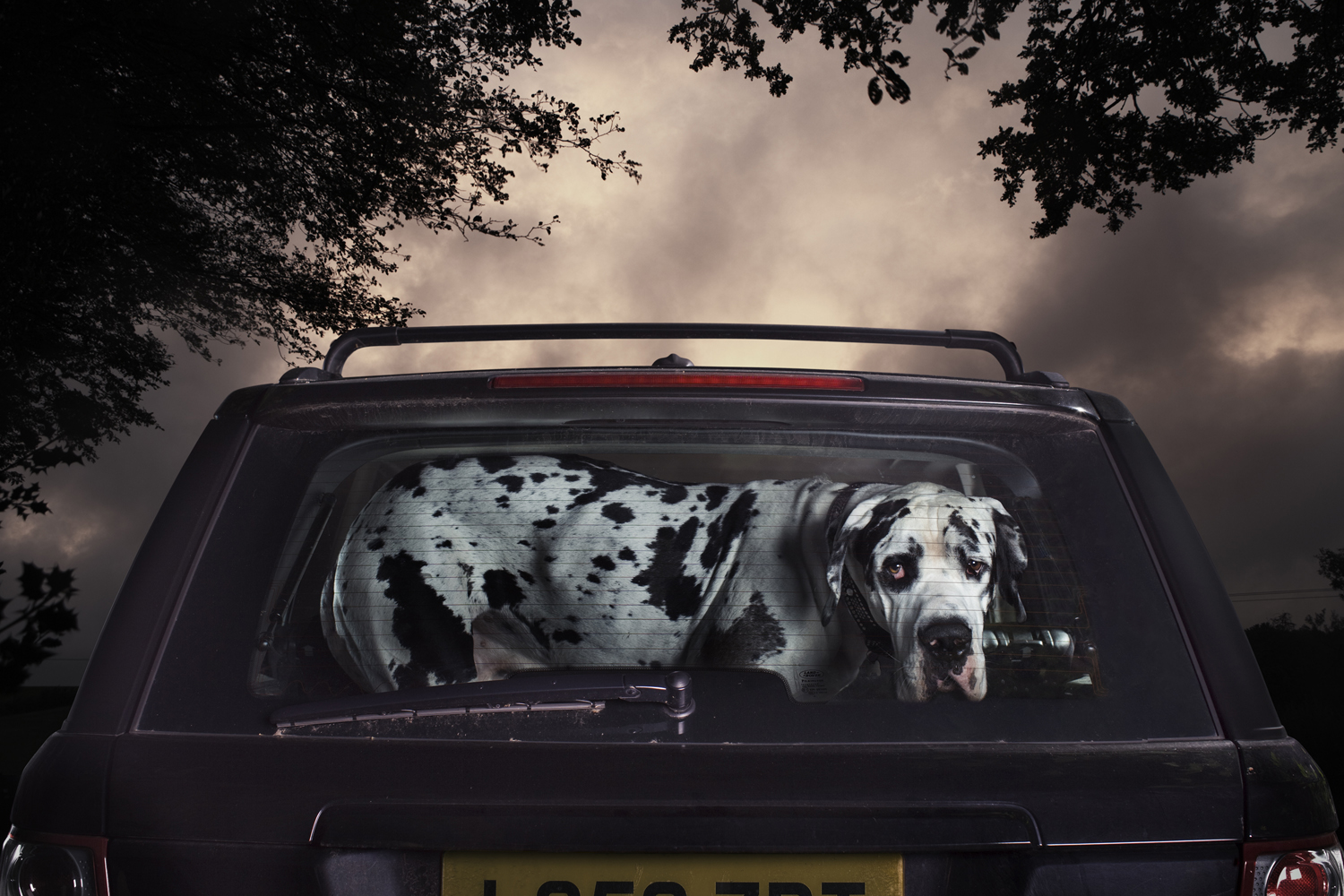
More Must-Reads from TIME
- How Donald Trump Won
- The Best Inventions of 2024
- Why Sleep Is the Key to Living Longer
- Robert Zemeckis Just Wants to Move You
- How to Break 8 Toxic Communication Habits
- Nicola Coughlan Bet on Herself—And Won
- Why Vinegar Is So Good for You
- Meet TIME's Newest Class of Next Generation Leaders
Contact us at letters@time.com